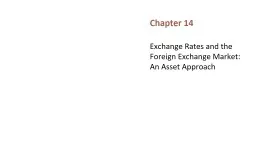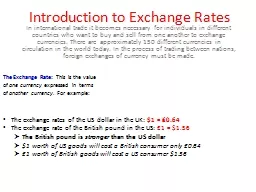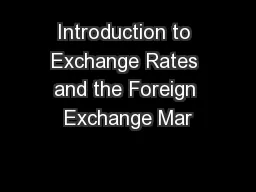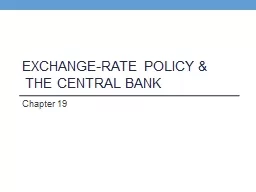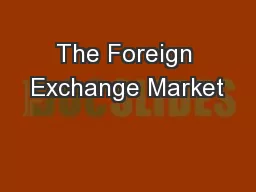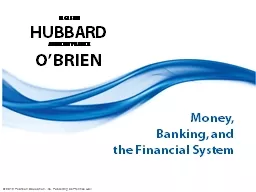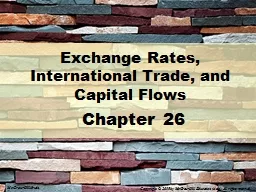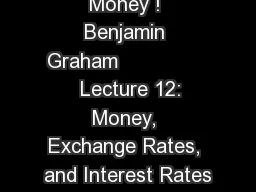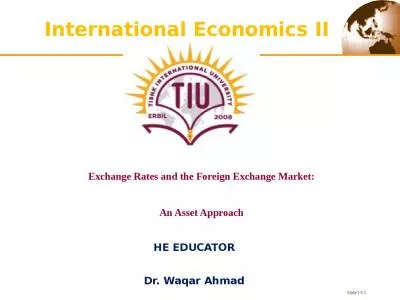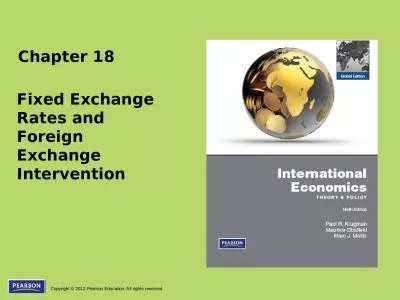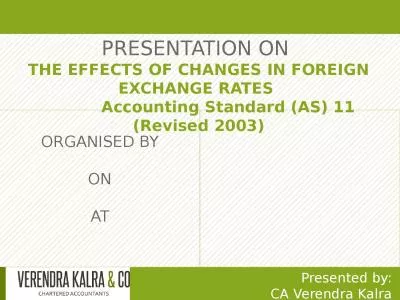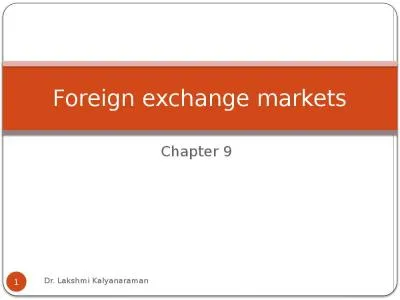PPT-Chapter 14 Exchange Rates and the Foreign Exchange Market: An Asset Approach
Author : jane-oiler | Published Date : 2018-10-29
Table 141 Exchange Rate Quotations Value of 100 Domestic and Foreign C urrencies In these lectures domestic currency refers to the US dollar Foreign currency
Presentation Embed Code
Download Presentation
Download Presentation The PPT/PDF document "Chapter 14 Exchange Rates and the Foreig..." is the property of its rightful owner. Permission is granted to download and print the materials on this website for personal, non-commercial use only, and to display it on your personal computer provided you do not modify the materials and that you retain all copyright notices contained in the materials. By downloading content from our website, you accept the terms of this agreement.
Chapter 14 Exchange Rates and the Foreign Exchange Market: An Asset Approach: Transcript
Download Rules Of Document
"Chapter 14 Exchange Rates and the Foreign Exchange Market: An Asset Approach"The content belongs to its owner. You may download and print it for personal use, without modification, and keep all copyright notices. By downloading, you agree to these terms.
Related Documents

